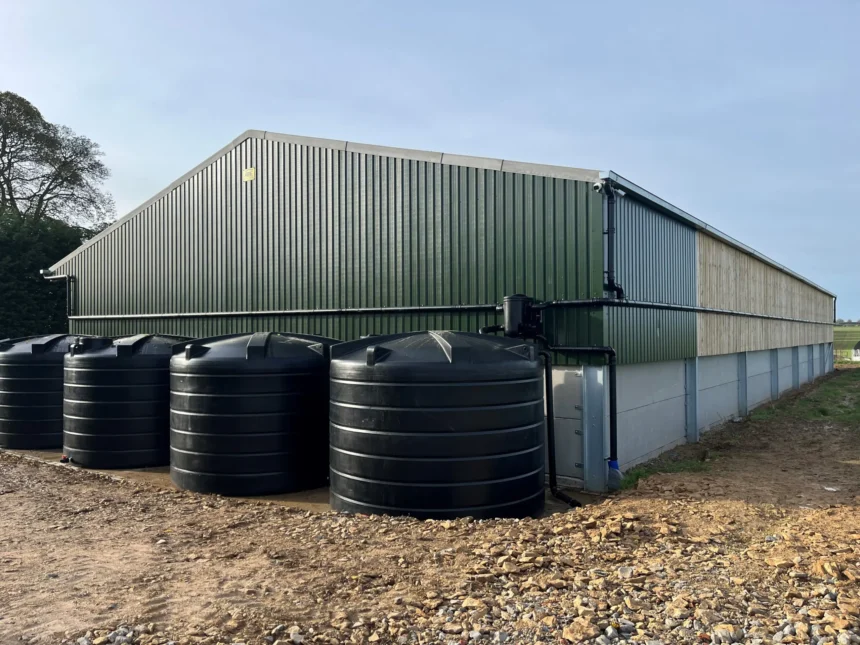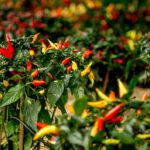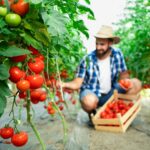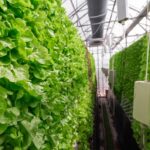Rainwater harvesting has become an essential practice for farmers in dryland regions where water scarcity limits agricultural productivity. As climate change continues to affect rainfall patterns and water availability, adopting efficient rainwater harvesting systems offers a sustainable solution to improve crop yields, conserve soil moisture, and support long-term farming success.
Dryland farming depends heavily on seasonal rainfall, making every drop of water valuable. Rainwater harvesting systems are designed to capture, store, and use rainwater during dry spells. These systems not only supplement irrigation but also help recharge groundwater, reduce runoff, and prevent soil erosion. By integrating rainwater harvesting into farm planning, even small-scale farmers can significantly increase the resilience of their land to drought conditions.
The most common types of rainwater harvesting systems used in dryland farming include rooftop harvesting, surface runoff harvesting, and in-situ moisture conservation techniques. Rooftop harvesting involves collecting rainwater from the roofs of houses, sheds, or barns. Gutters direct the water into storage tanks or underground reservoirs, where it can be used later for irrigation or livestock.
Surface runoff harvesting captures water that flows over the land during heavy rains. Contour bunds, check dams, farm ponds, and percolation tanks are structures that slow down this flow, allowing water to seep into the ground or be stored for later use. These systems are especially useful in sloped areas where runoff is more intense and could otherwise wash away topsoil.
In-situ moisture conservation focuses on capturing rainwater where it falls, directly on the field. Techniques such as mulching, deep tilling, contour ploughing, and cover cropping help retain moisture in the soil. Micro-catchments like crescent-shaped pits, trenches, or basins around plants are also effective at directing rainwater to the root zones of crops, minimizing evaporation and runoff.
Choosing the right rainwater harvesting system depends on factors such as soil type, topography, rainfall patterns, and available resources. In regions with irregular rainfall, combining multiple systems ensures better water security. For example, a farmer may use rooftop harvesting to store water for household or livestock use, while simultaneously implementing contour bunds and farm ponds to support field irrigation.
Maintenance is critical to the success of rainwater harvesting systems. Storage tanks must be cleaned regularly, gutters kept free of debris, and structures such as bunds and ponds inspected for erosion or leaks. A well-maintained system ensures water remains clean and usable throughout the farming season.
Government and non-profit organizations are increasingly promoting rainwater harvesting through training, technical support, and financial incentives. Many dryland farmers who have adopted these systems report increased crop reliability, reduced dependence on external water sources, and improved soil health.
By making the most of available rainfall, rainwater harvesting offers a practical and affordable solution to the challenges of dryland farming. It empowers farmers to adapt to changing weather patterns while promoting sustainable agriculture and resource conservation. With the right system in place, even the driest regions can support productive and resilient farms.
Join 'Farmers Mag' WhatsApp Channel
Get the latest Farming news and tips delivered straight to your WhatsApp
CLICK HERE TO JOIN






